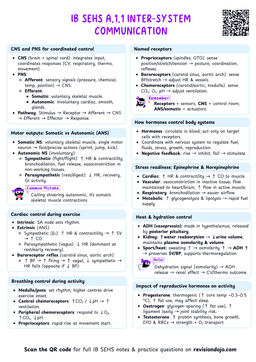Transfer of Learning: How Skills Connect and Evolve
Transfer of Learning
Transfer of learning refers to how skills or knowledge from one context influence performance in another.
1. Practice to Performance Transfer
- Practice to performance transfer occurs when skills learned in a training environment are successfully applied in a competitive setting.
- Key Factors Influencing Transfer:
- Practice Conditions: Training should replicate game conditions to ensure effective skill transfer.
- Variability: Practicing under different conditions enhances adaptability.
- Pressure Simulation: Training under pressure prepares athletes for real competition.
A soccer player practicing free kicks with defensive walls and crowd noise to mimic real-game situations
2. Bilateral Transfer
- Bilateral transfer occurs when a skill learned with one side of the body transfers to the opposite side.
- This helps athletes become more versatile and improves overall coordination.
- Types of Bilateral Transfer:
- Asymmetric Transfer: When learning with the dominant side helps improve the non-dominant side.
- Symmetric Transfer: When both sides improve at a similar rate.
A basketball player who learns to dribble with their dominant hand can transfer that skill to their non-dominant hand, improving overall ball-handling ability.
3. Ability to Skill Transfer
- This type of transfer occurs when fundamental abilities contribute to the development of specific skills. Abilities are innate traits, such as balance or coordination, while skills are learned behaviors built on these abilities.
- Training should focus on developing core abilities that support a wide range of sport-specific skills.
- A gymnast with excellent balance can transfer that ability to skills like beam routines or surfing.
- A sprinter with natural speed can transfer that ability to acceleration in sports like soccer or basketball.
4. Stage to Stage Transfer
- Stage to stage transfer refers to the progression of skills from one stage of learning to the next. It ensures athletes build on previous skills to reach higher levels of performance.
- Stages of Learning:
- Cognitive Stage: Basic understanding and execution of movements.
- Associative Stage: Refinement of technique through practice.
- Autonomous Stage: Skill becomes automatic with minimal conscious effort.
A young tennis player learning to hit a forehand first develops basic coordination (cognitive stage), then improves consistency through practice (associative stage), and eventually executes the shot instinctively in a match (autonomous stage).
Practical Applications of Transfer
- Coaching: Design drills that mimic game scenarios to enhance practice-to-performance transfer.
- Skill Development: Encourage bilateral training to improve versatility.
- Progressive Learning: Break skills into stages, ensuring mastery before advancing.
- Principle-Based Training: Teach underlying principles to promote adaptability across sports.
Assuming all skills transfer automatically. Each skill should be evaluated for similarities and differences.
AnalogyThink of transfer of learning like a toolkit. Some tools (skills) are versatile and can be used in many situations, while others are highly specialized. The key is knowing when and how to apply them.
Constraints-Led Approach to Skill Acquisition
- The Constraints-Led Approach (CLA) suggests that skill acquisition is driven by modifying constraints to encourage self-organization and exploration of effective movement patterns. Constraints can be:
A. Individual Constraints
- Physical (e.g., strength, flexibility, height).
- Psychological (e.g., motivation, confidence, past experience).
- Cognitive (e.g., decision-making ability, tactical awareness).
- Link to Transfer: An athlete with experience in decision-making under pressure (e.g., basketball player) may transfer that skill to another fast-paced sport (e.g., soccer).
B. Task Constraints
- Rules (e.g., offside rule in soccer).


